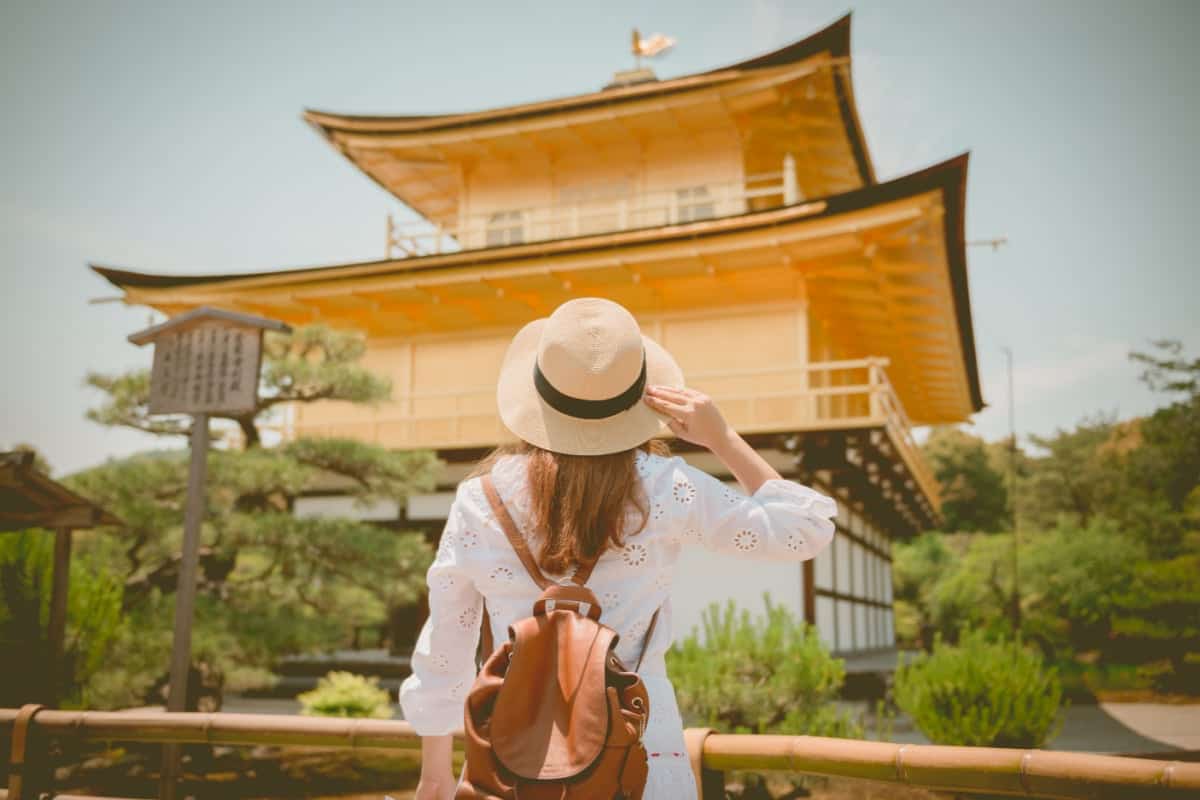The luminous neon glow of Tokyo, the ancient temples and pagodas of Kyoto, the mouthwatering street food of Osaka – Japan is a destination that has something for everyone.
The ‘land of the rising sun’ is an enchanting country for curious travelers thanks to its iconic sights, friendly people, world-leading transport, and unique cuisine.
However, as the world’s third-biggest economy by GDP, it can also be an expensive place to visit. Though, that is a problem that looks like it could be getting slightly easier for American travelers…
The reason? Japan’s currency, the Yen, has fallen in value quite dramatically this year.
The BBC reports that the Yen is down by more than 10% versus the U.S. Dollar, meaning your hard-earned travel money could go that little bit further this fall.

What’s more, fall is a fantastic time to visit Japan thanks to the cooler temperatures compared to the stifling heat of summer and the reduced crowds at tourist attractions.
The country is a fascinating place, with many award-winning experiences for travelers available, so here’s what you need to know about visiting Japan for less.
Staying Savvy With Your Spending
There are many ways to further make the most of the U.S. Dollar’s strength versus the Yen while traveling around Japan.
First off, take some time to conduct some deep research when it comes to accommodation.
Major hotels in the big cities can be pricey, so seek out alternatives such as business hotels, or consider the unique experience of staying in a capsule hotel.

Despite its recent downturn in popularity, Airbnb remains a good accommodation option in Japan and is generally a little cheaper than hotels if you shop around.
Lonely Planet suggests that a basic room for two in Japan costs around ¥8,000, which at the time of writing converted to about $55, about 8% less than it cost in the spring of 2023.

Traversing around the country is another area where you can tighten up spending.
Japan’s public transport is legendary in terms of its reliability and availability, but it’s not always cheap.
By planning exactly what you want to do on your trip, you can take full advantage of better-value purchases such as the Japan Rail Pass.

Look out for other types of local passes and multi-use tickets when in specific areas as there is normally a cheaper option than simply buying a single ticket for a single journey. The transport companies often run special promotions.
If in doubt, try to speak to transport staff – they are incredibly helpful and courteous, especially when it comes to tourists.
The flight will probably be one of the most expensive parts about visiting Japan, however there are a few affordable options available from the United States if you know where to look.
Why Is Fall A Good Time To Visit?
September in Japan can remain quite warm, with average temperatures in the mid-70s not uncommon.
This makes it a great time to visit as you can still enjoy good weather but with reduced crowds as most people return to work and school.

As we move into October, some of the fall foliage in places such as Hokkaido and Tohoku in the north can rival anywhere on Earth.
It’s the perfect time to try out an onsen (hot spring bath) in one of the mountainous locations in these areas.

October is also a fantastic time to experience the freshest ingredients in Japan’s cuisine as it is the harvest season for many crops, including fruit and rice.
Major cities such as Kyoto will have their main fall color explosion in November, which can be a cooler month, but is the perfect time to explore the many temples and pagodas dotted throughout Japan’s urban areas.
November is also a very dry month in Japan and is recommended as one of the best times to visit.
A little warmth can still be found in Japan at this time of year in the southern islands of Okinawa.

